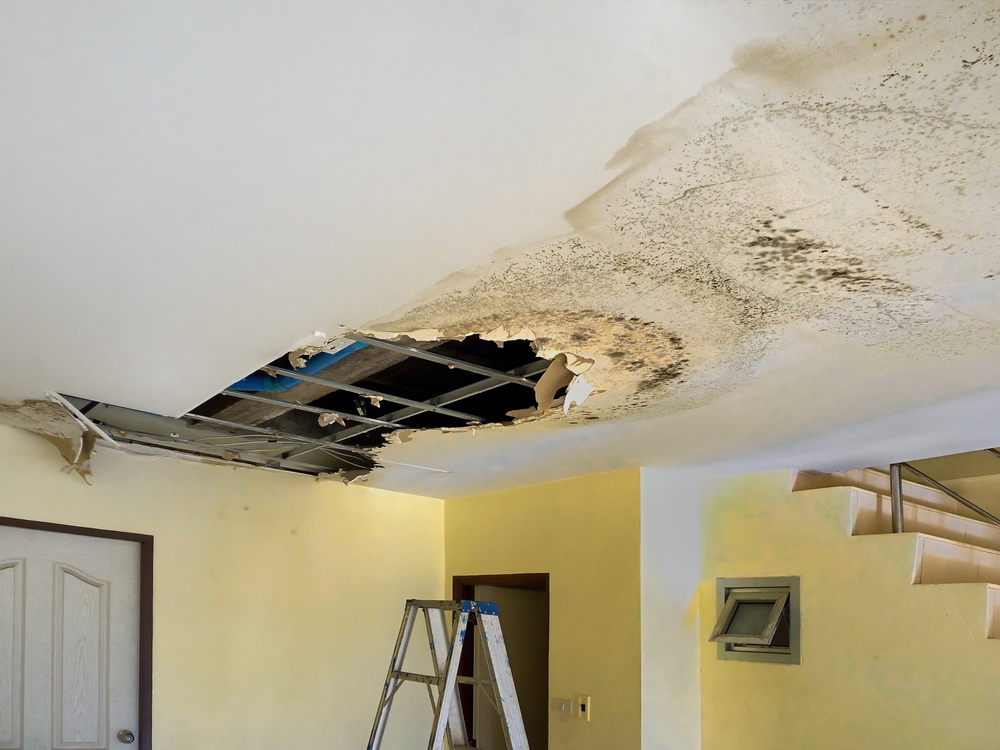Overview To Water Leakage Discovery In The House
Overview To Water Leakage Discovery In The House
Blog Article
This great article following next about Leaking water lines is especially remarkable. Give it a try and make your own personal findings.

Early discovery of dripping water lines can reduce a possible disaster. Some small water leakages may not be visible.
1. Examine the Water Meter
Every residence has a water meter. Examining it is a proven way that aids you find leakages. For starters, turn off all the water resources. Make certain nobody will certainly purge, utilize the faucet, shower, run the washing maker or dish washer. From there, most likely to the meter and watch if it will certainly alter. Considering that no one is utilizing it, there need to be no motions. That shows a fast-moving leak if it relocates. Also, if you discover no changes, wait a hr or two and also inspect back once again. This suggests you may have a slow-moving leakage that might even be underground.
2. Check Water Consumption
Analyze your water bills and also track your water consumption. As the one paying it, you must observe if there are any kind of discrepancies. If you identify sudden changes, regardless of your usage being the same, it suggests that you have leakages in your plumbing system. Keep in mind, your water expense need to fall under the exact same array monthly. An abrupt spike in your costs indicates a fast-moving leakage.
A constant increase every month, even with the exact same behaviors, shows you have a sluggish leakage that's additionally slowly escalating. Call a plumber to completely examine your building, particularly if you feel a cozy area on your flooring with piping below.
3. Do a Food Coloring Test
When it comes to water usage, 30% comes from commodes. If the shade somehow infiltrates your bowl during that time without flushing, there's a leakage in between the storage tank as well as bowl.
4. Asses Outside Lines
Don't neglect to check your outside water lines as well. Should water permeate out of the link, you have a loosened rubber gasket. One small leakage can squander loads of water and also spike your water bill.
5. Inspect and also Assess the Scenario
Property owners ought to make it a habit to inspect under the sink counters as well as even inside cabinets for any kind of bad odor or mold and mildew development. These two warnings indicate a leakage so prompt focus is called for. Doing routine examinations, even bi-annually, can conserve you from a significant issue.
Inspect for stainings and also damaging as a lot of home appliances as well as pipes have a life expectancy. If you believe leaking water lines in your plumbing system, do not wait for it to rise.
Early detection of dripping water lines can alleviate a prospective catastrophe. Some little water leaks might not be visible. Inspecting it is a proven way that assists you find leakages. One little leakage can waste loads of water and surge your water expense.
If you think dripping water lines in your plumbing system, do not wait for it to rise.
WARNING SIGNS OF WATER LEAKAGE BEHIND THE WALL
PERSISTENT MUSTY ODORS
As water slowly drips from a leaky pipe inside the wall, flooring and sheetrock stay damp and develop an odor similar to wet cardboard. It generates a musty smell that can help you find hidden leaks.
MOLD IN UNUSUAL AREAS
Mold usually grows in wet areas like kitchens, baths and laundry rooms. If you spot the stuff on walls or baseboards in other rooms of the house, it’s a good indicator of undetected water leaks.
STAINS THAT GROW
When mold thrives around a leaky pipe, it sometimes takes hold on the inside surface of the affected wall. A growing stain on otherwise clean sheetrock is often your sign of a hidden plumbing problem.
PEELING OR BUBBLING WALLPAPER / PAINT
This clue is easy to miss in rooms that don’t get much use. When you see wallpaper separating along seams or paint bubbling or flaking off the wall, blame sheetrock that stays wet because of an undetected leak.
BUCKLED CEILINGS AND STAINED FLOORS
If ceilings or floors in bathrooms, kitchens or laundry areas develop structural problems, don’t rule out constant damp inside the walls. Wet sheetrock can affect adjacent framing, flooring and ceilings.
https://www.servicemasterbyzaba.com/blog/how-to-detect-water-leakage-in-walls/

I hope you enjoyed our excerpt on Top leak detection hacks. Many thanks for finding the time to read through our piece. Enjoyed our write-up? Please share it. Let others discover it. Thanks a bunch for your time. Visit us again soon.
Report this page